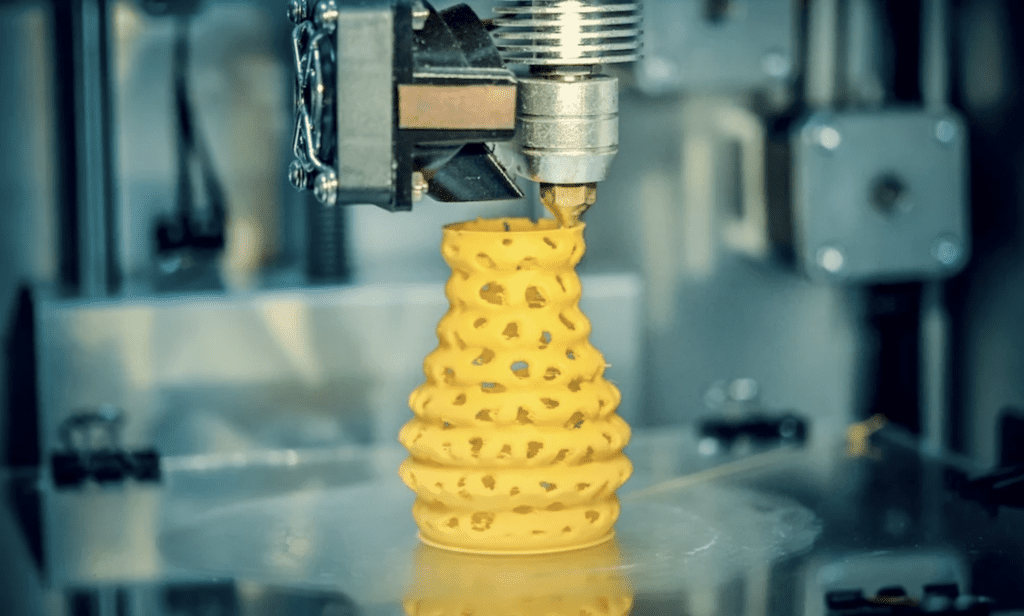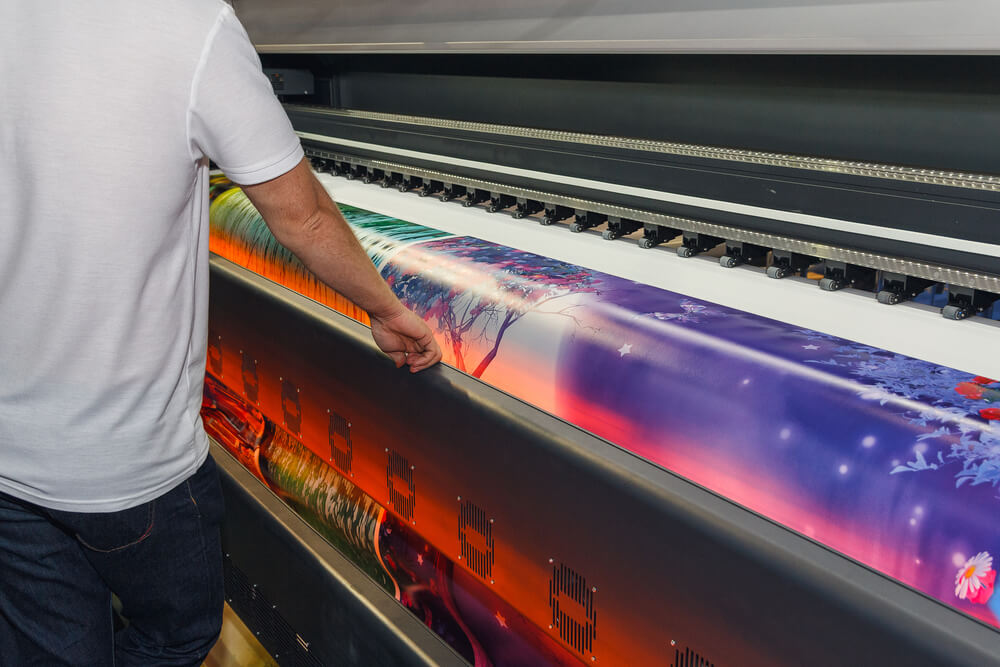The world of medical 3D printing is evolving rapidly, promising innovative breakthroughs in healthcare. As we delve into the medical 3D printing future, it’s crucial to understand its potential impacts on medicine and patient care. By revolutionizing how we approach treatments and surgeries, 3D printing is paving the way for a new era in healthcare.

Introduction to Medical 3D Printing
3D printing, also known as additive manufacturing, involves creating three-dimensional objects from a digital file. In the medical field, this technology is used to produce customized implants, prosthetics, and even organs. With precision and personalization at the forefront, medical 3D printing is transforming patient care.
The Evolution of 3D Printing in Medicine
From its inception, 3D printing has seen remarkable advancements. Initially used for prototyping, the technology has expanded into various medical applications. Today, it assists in producing intricate anatomical models, surgical tools, and personalized medical devices.
Key Developments in Medical 3D Printing
Some significant milestones in medical 3D printing include the development of biocompatible materials, improved printing precision, and the ability to print complex tissue structures. These advancements are opening new possibilities for customized healthcare solutions.
Benefits of Medical 3D Printing
The advantages of medical 3D printing are numerous. It offers personalized treatment options, reduces surgery times, and enhances the accuracy of medical procedures. Moreover, it enables the production of affordable prosthetics and implants, making healthcare more accessible.
Personalization in Healthcare
One of the most significant benefits of 3D printing in medicine is the ability to tailor solutions to individual patient needs. Custom implants and prosthetics ensure a better fit and improved functionality, enhancing the patient’s quality of life.
Challenges Facing Medical 3D Printing
Despite its promise, medical 3D printing faces several challenges. These include regulatory hurdles, high costs, and the need for specialized training. Additionally, ethical considerations must be addressed as the technology continues to evolve.
Regulatory and Ethical Issues
Ensuring the safety and efficacy of 3D printed medical devices is paramount. Regulatory bodies must establish clear guidelines for the approval and use of these products. Ethical concerns, such as the implications of printing human tissues, also need careful consideration.
Future Prospects of Medical 3D Printing
Looking ahead, the medical 3D printing future holds exciting prospects. With continuous advancements in materials and printing techniques, the technology could revolutionize organ transplantation and regenerative medicine.
Printing Organs and Tissues
One of the most anticipated developments is the ability to print functional organs and tissues. This could address organ shortages and reduce the risk of rejection in transplants, significantly improving patient outcomes.
Integration with Other Technologies
The integration of 3D printing with other technologies, such as artificial intelligence and robotics, could further enhance its capabilities. These synergies could lead to more efficient and precise medical solutions.
Impact on Healthcare Systems
The widespread adoption of medical 3D printing could transform healthcare systems. By reducing costs and improving patient outcomes, it has the potential to make healthcare more sustainable and equitable.
Conclusion
The medical 3D printing future is bright, with the potential to revolutionize healthcare. As the technology continues to advance, it promises to deliver personalized, efficient, and accessible medical solutions. Embracing these innovations will be crucial for healthcare systems worldwide.

FAQs
What is medical 3D printing?
Medical 3D printing involves creating three-dimensional objects for medical applications, such as implants and prosthetics, from a digital file.
How is 3D printing used in medicine?
In medicine, 3D printing is used to produce anatomical models, surgical tools, and customized medical devices, among other applications.
What are the benefits of medical 3D printing?
Benefits include personalized treatment options, reduced surgery times, and increased accessibility to affordable medical devices.
For more insights on the future of 3D printing, visit the Xometry resources page.
This article contains affiliate links. We may earn a commission at no extra cost to you.






